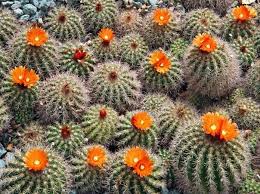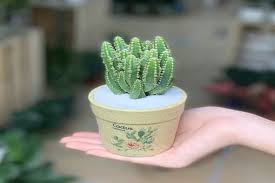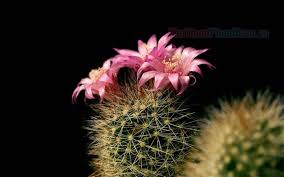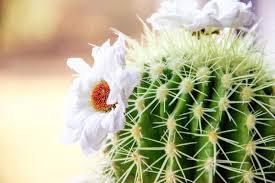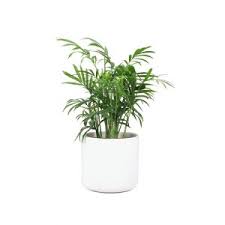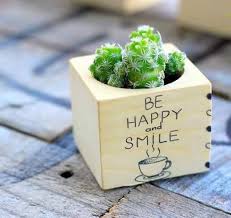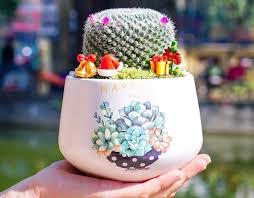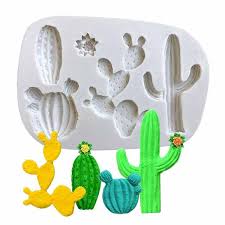The Importance of Drinking Tea in Chinese Culture: Maintaining Health and Attracting Wealth

Tea has long been an integral part of Chinese culture, serving not only as a daily beverage but also as a key element in maintaining health and attracting wealth. With a history stretching over thousands of years, tea has evolved beyond just a drink to become a symbol of harmony, balance, and prosperity. In this article, we will explore the importance of drinking tea in Chinese culture, its health benefits, its role in feng shui practices, and how it contributes to both physical well-being and financial fortune.
1. The Historical Significance of Tea in China
Tea is deeply rooted in Chinese history and traditions. It is believed that tea was first discovered during the Shang Dynasty (16th–11th century BCE), and it has played a significant role in Chinese society ever since. Legend attributes the discovery of tea to Emperor Shen Nong in 2737 BCE, who is said to have accidentally discovered the beverage when tea leaves blew into a pot of boiling water.
From its early origins, tea quickly became more than just a beverage. It became a symbol of cultural refinement, and over centuries, it has been associated with wisdom, peace, and longevity. Throughout Chinese history, tea was used in various rituals, especially during tea ceremonies, which were considered an expression of respect and social status.
By the Tang Dynasty (618–907 AD), tea became widely popular across China, and its role extended beyond the royal court to the everyday lives of common people. Over the years, tea was celebrated not only for its taste but also for its medicinal and spiritual benefits.
2. Health Benefits of Drinking Tea in Chinese Culture
In traditional Chinese medicine (TCM), tea is considered a powerful tool for promoting health, balancing the body’s internal energies, and enhancing longevity. The consumption of tea is believed to have numerous health benefits, many of which are still appreciated in modern Chinese society today.
Detoxification and Cleansing
One of the most widely acknowledged health benefits of tea in Chinese culture is its detoxifying effect. Tea, particularly green tea, is known for its high antioxidant content, which helps eliminate toxins from the body. The antioxidants, such as catechins, help neutralize free radicals that can damage cells and tissues, promoting a healthier, more youthful appearance.
Drinking tea regularly is believed to support the body’s natural detoxification processes, particularly the liver and kidneys, which are responsible for filtering out toxins. In TCM, the concept of “Qi” (vital energy) is central to good health, and drinking tea is thought to help improve the flow of Qi, ensuring that toxins are effectively removed.
Digestive Health
Tea is also known for its digestive benefits. In Chinese culture, tea is consumed before or after meals to aid in digestion. Teas such as oolong and pu-erh are particularly well-regarded for their ability to soothe the stomach, improve digestion, and reduce bloating or discomfort after eating. These teas are also thought to promote the production of digestive enzymes, which help break down food more efficiently.
Additionally, drinking tea after meals is thought to help “cool” the body and maintain balance. According to TCM, excessive heat in the body can lead to digestive problems, and tea can help regulate this internal balance, ensuring that the body stays in harmony.
Stress Reduction and Mental Clarity
Tea has long been associated with mental clarity, relaxation, and reducing stress. The soothing effects of tea are linked to the presence of an amino acid called L-theanine, which promotes relaxation without causing drowsiness. In Chinese culture, tea is often enjoyed during moments of quiet reflection or social gatherings, providing an opportunity to calm the mind and engage in meaningful conversation.
By helping to reduce stress and anxiety, tea also contributes to better sleep quality. In Chinese philosophy, restful sleep is considered essential for maintaining good health and vitality. Teas such as chamomile and jasmine are known for their calming effects, making them ideal choices for promoting relaxation before bedtime.
Boosting the Immune System
The medicinal qualities of tea in Chinese culture are also evident in its ability to boost the immune system. Certain teas, such as ginger tea and chrysanthemum tea, are believed to have anti-inflammatory and antimicrobial properties, helping to ward off illness and promote overall health. These teas are often consumed during the colder months to strengthen the body’s defenses and protect against seasonal illnesses.
Tea’s role in boosting immunity is not just limited to its medicinal properties. It is also believed that drinking tea regularly helps maintain balance within the body, which in turn promotes resilience against external pathogens. According to TCM, when the body’s internal energy is aligned, it is better equipped to fight off disease and remain in a state of optimal health.
3. Tea and Wealth: A Symbol of Prosperity
Beyond its health benefits, tea also plays a significant role in Chinese culture as a symbol of wealth and prosperity. The act of drinking tea is closely tied to concepts of good fortune, success, and attracting abundance.
Tea and Feng Shui
Feng Shui, the ancient Chinese practice of creating harmony with the environment, often incorporates the use of tea to enhance the flow of positive energy, or “Chi.” In the context of wealth, tea is believed to attract prosperity and financial success when consumed in specific ways and placed in certain areas of the home.
For example, drinking tea from a cup with a gold trim or a tea set featuring auspicious symbols like the dragon or phoenix is believed to attract wealth and fortune. The dragon is a symbol of power and success, while the phoenix represents renewal and transformation. Together, these symbols are thought to bring about a prosperous environment for those who drink tea regularly.
Placing a tea set in the wealth corner of the home, according to Feng Shui principles, is another way to attract abundance. The wealth corner is typically the farthest left corner from the front door, and it is said to be the area of the home that governs financial success. By placing a tea set in this area and using it regularly, you can enhance the flow of wealth and attract financial prosperity.
Tea and Family Harmony
In Chinese culture, tea is also associated with family harmony, which is essential for attracting prosperity. A harmonious family life is believed to create a foundation for success, and drinking tea together is a practice that strengthens bonds between family members. During important celebrations or gatherings, tea is often served to symbolize the unity and goodwill of the family, which in turn creates an environment that supports the growth of wealth and success.
In traditional Chinese weddings, tea is an essential element of the ceremony. The couple will typically serve tea to their elders as a sign of respect and gratitude, symbolizing the continuation of family lineage and prosperity. This practice highlights the deep connection between tea, family, and wealth in Chinese culture.
4. The Ritual of Drinking Tea: A Path to Mindfulness and Balance
Drinking tea is not just about its physical and financial benefits; it is also about the ritual and mindfulness that comes with it. In Chinese culture, tea is consumed slowly, often with contemplation and reverence. The ritual of preparing and drinking tea is seen as a way to practice mindfulness, focus on the present moment, and cultivate inner peace.
By drinking tea mindfully, individuals can cultivate a sense of balance in their lives, reduce stress, and create a calm atmosphere at home. This state of mental and emotional balance is believed to have a direct impact on overall prosperity. In Chinese thought, when one’s energy is calm and centered, they are better able to attract good fortune and wealth.
In addition to its calming effects, the practice of tea drinking also encourages patience, respect, and connection. These values are integral to fostering positive relationships, both within the family and in the broader community, which in turn leads to greater opportunities for success and financial gain.
5. Conclusion: The Power of Tea in Chinese Culture
In Chinese culture, tea is far more than just a drink; it is a powerful symbol of health, wealth, and harmony. From its health benefits, such as detoxification and stress reduction, to its role in attracting prosperity and enhancing family harmony, tea holds a central place in Chinese life. By drinking tea regularly and mindfully, individuals can not only improve their physical well-being but also cultivate the positive energy needed to attract financial success and good fortune.
Tea, in its many forms, has the power to cleanse the body, calm the mind, and open the door to prosperity. Whether enjoyed alone in moments of quiet reflection or shared with family and friends in a social gathering, tea fosters a sense of peace and balance that is essential for health and wealth. Embracing the tradition of tea in daily life is an effective way to honor Chinese cultural practices while enhancing one’s physical and spiritual well-being.
